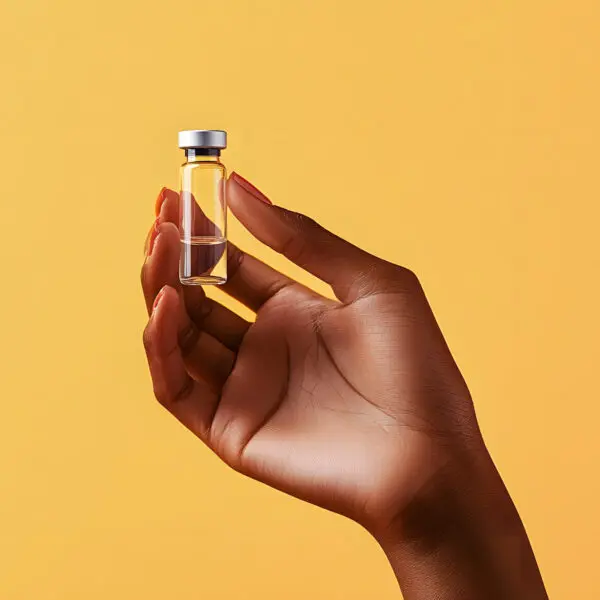Around 20 years ago the idea of concentrating platelets became widespread in cardio-thoracic surgery. Further research was carried out in the field of oral surgery in 1998 by Dr. Robert Marx at the University of Miami, who revealed what constituted a platelet-concentrated product. In the years since his research concentrated platelets have become known as Platelet Rich Plasma, or PRP, which stimulates healing.
Methods of Producing PRP
There are many different methods of preparing a PRP product, however all techniques use centrifugation. The type of centrifuge and the speed at which the centrifuge runs varies from one PRP producer to the next. The PRP product that various companies produce varies widely in the concentration and cell types that are found in a PRP product.
The problem PRP producers face is that current scientific literature has no good definition as to what constitutes a PRP. Thus, while one article may show significant positive effects from PRP the next may show that PRP is no better than a placebo. It is important to note that this problem stems largely from disparities in quality between the various companies that produce PRP products, not from lack of efficacy of PRP therapy. Later in this section we will explain the science behind what constitutes an effective PRP product.
The amount of blood needed to produce a PRP depends upon the joint or tendon requiring treatment and the type of system used. Some systems require up to 60 cc’s (about 2 ounces) while others require about 10cc’s. The amount of centrifugation time varies from one company to the next. Much variation exists in PRP products produced by various companies in terms of different concentration of platelets, red blood cells, white blood cells and other types of cells. These concentrations can make a difference between success and failure of a PRP injection.














